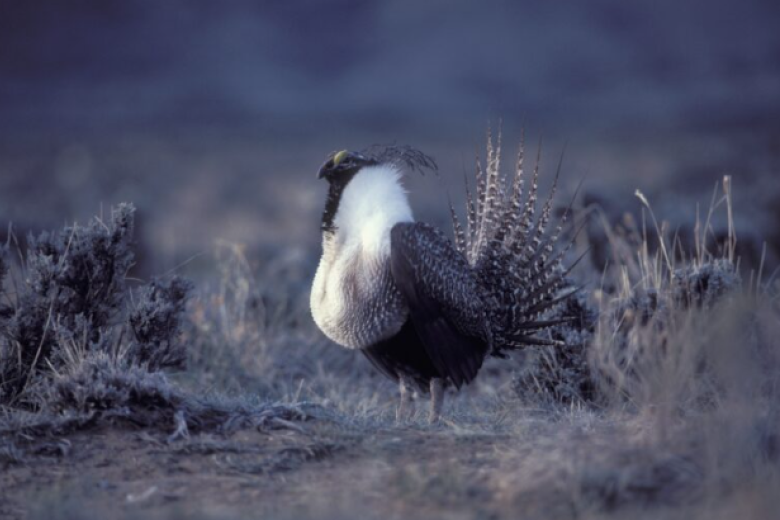President's Investing in America agenda to invest $10 million in restoration work in Oregon
Organization:
Media Contact:

Portland, Oregon – As part of the President’s Investing in America agenda, the Bureau of Land Management will invest $10 million from the Inflation Reduction Act to increase fire resiliency and protect native vegetation on public lands in Oregon. This funding will be focused in two landscape areas called the Southwest Oregon and Southeast Oregon Sagebrush Restoration Landscape Areas.
This funding is part of the BLM’s announcement to invest $161 million in ecosystem restoration and resilience on the nation’s public lands. The work will focus on 21 “Restoration Landscapes” across 11 western states, restoring wildlife habitat and clean water on public lands and strengthening communities and local economies.
These investments follow the release of the Department’s restoration and resilience framework to leverage historic investments in climate and conservation to achieve landscape-level outcomes across the nation. The Department is implementing more than $2 billion in investments to restore our nation’s lands and waters, which in turn is helping to meet the conservation goals set through the America the Beautiful initiative.
“From the forest watersheds of southwest Oregon to the sagebrush sea of southeast Oregon, many of our public lands are in need of significant restoration," said Barry Bushue, OR/WA BLM State Director. “Focusing on these specific landscapes is a step toward that restoration. This generational legislation will help us reduce fuels and better protect our communities and public lands from the increasing threat of wildfire. It will also help us restore habitat for declining, vital species—like the coho salmon our Tribal partners have depended on for thousands of years and the greater Sage-grouse whose status as a keystone species helps indicate healthy sagebrush habitat.”
Like many forest watersheds, over time the timberland of the Southwest Oregon Landscape Restoration Area has been greatly simplified and stream channels degraded, with fish and other aquatic life declining as a result. Restoration here will focus on the threatened Oregon Coast coho salmon, using aquatic and upland restoration projects also supporting the recovery of other fish, amphibians, birds, and plants. Projects will build wildland urban interface forest resilience.
Conservation of habitat for greater sage-grouse is the priority for the Southeast Oregon Sagebrush Restoration landscape. Planting sagebrush, treating invasive or encroaching vegetation, promoting growth of native vegetation, and creating fuel breaks in uplands will restore habitat for hundreds of species. Restoration in the Warner sub-basin will focus on aquatic systems that the threatened Warner sucker and Lahontan cutthroat trout require. Restoring floodplains and riparian areas and improving instream habitat also enhance the value of the Warner wetlands as a migratory bird flyway.
Efforts in these restoration landscapes will improve the health of public lands that are being significantly degraded by invasive species, unprecedented wildfire events, unregulated use, and climate change. With these investments, landscapes will be better able to provide clean water, habitat for fish and wildlife, opportunities for recreation, and will be more resilient to wildfire and drought.
Resilient public lands are critical to the BLM’s ability to manage for multiple use and sustained yield. Once-in-a-generation funding from the Inflation Reduction Act will be directed to landscapes where concentrated, strategic investment through partnership can make the most difference for communities and public resources under the BLM’s management.
President Biden’s Investing in America agenda is growing the American economy from the bottom up and middle out – from rebuilding our nation’s infrastructure, investing in nature-based solutions, and driving over $470 billion in private sector manufacturing and clean energy investments in the United States, to creating good paying jobs and building a clean energy economy that will combat climate change and make our communities more resilient. The funding announced today complements the almost $11 million of funding these areas have received from the Bipartisan Infrastructure Law.
Learn more about the BLM’s restoration landscapes at BLM’s StoryMap.
The BLM manages about 245 million acres of public land located primarily in 12 western states, including Alaska, on behalf of the American people. The BLM also administers 700 million acres of sub-surface mineral estate throughout the nation. Our mission is to sustain the health, diversity, and productivity of America’s public lands for the use and enjoyment of present and future generations.
